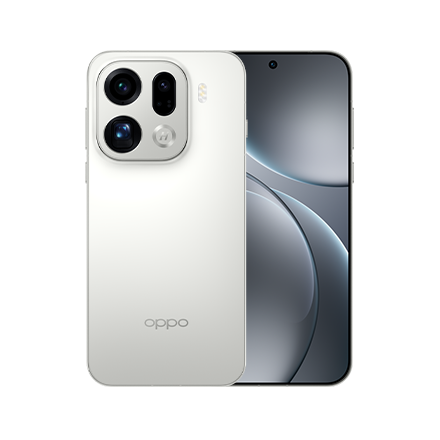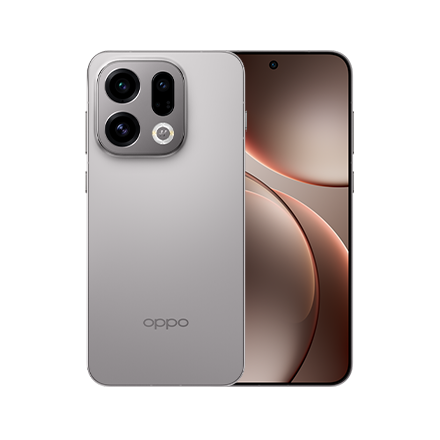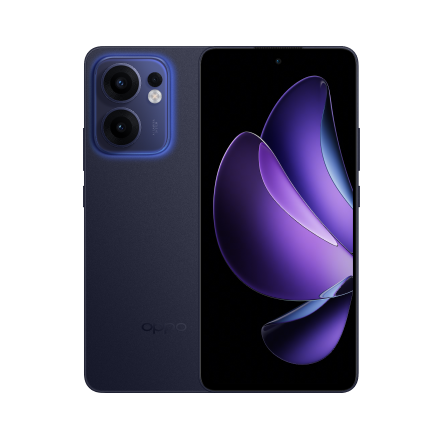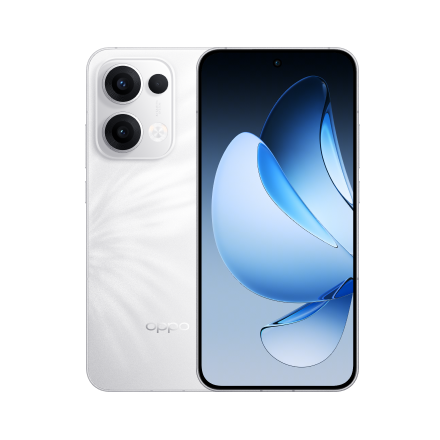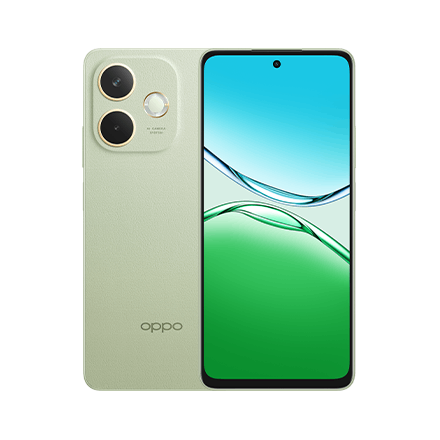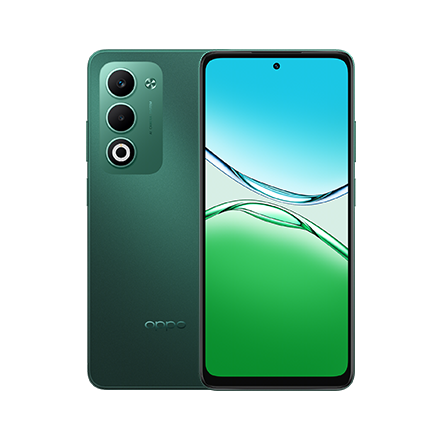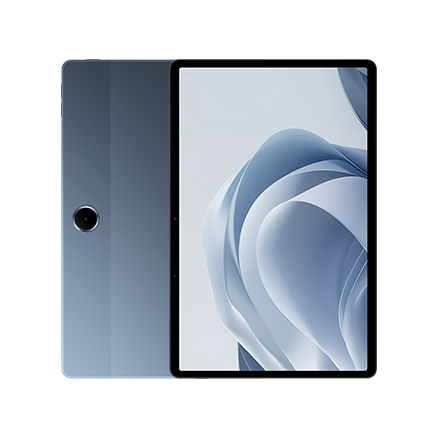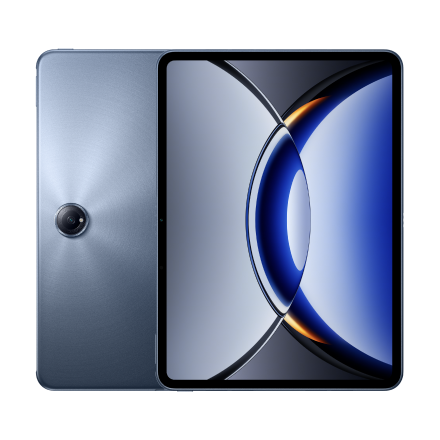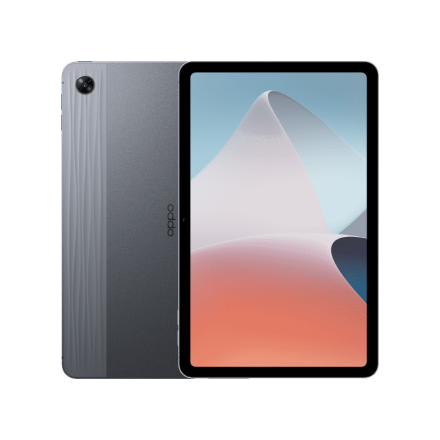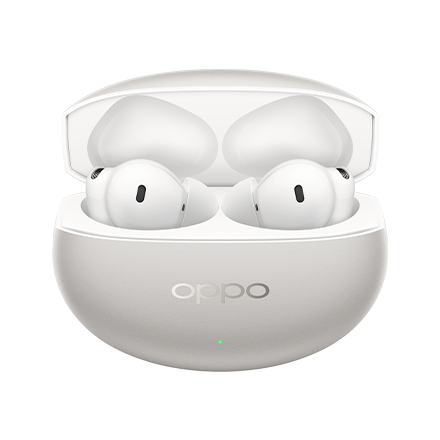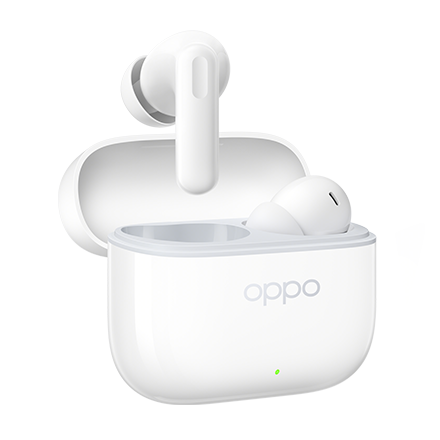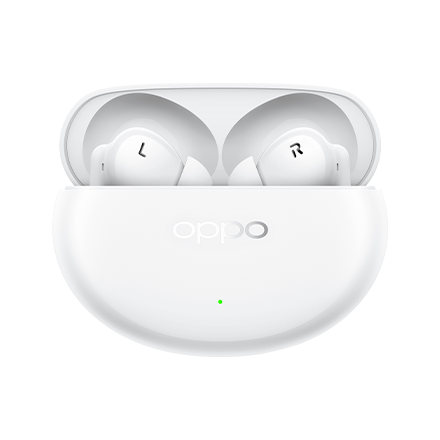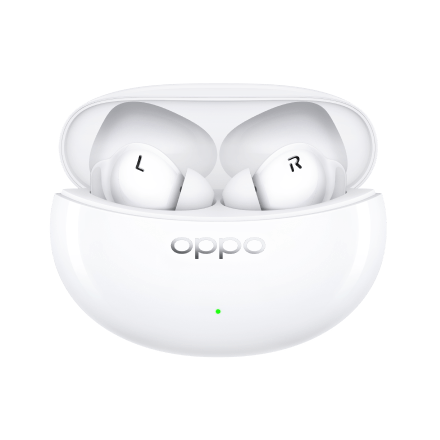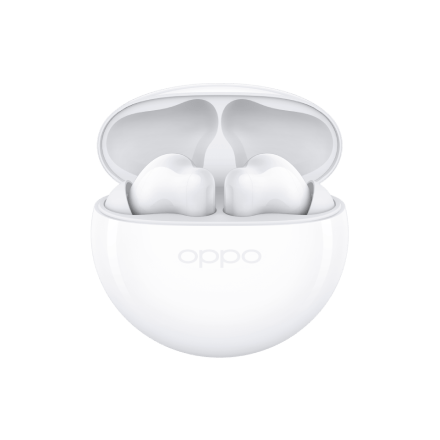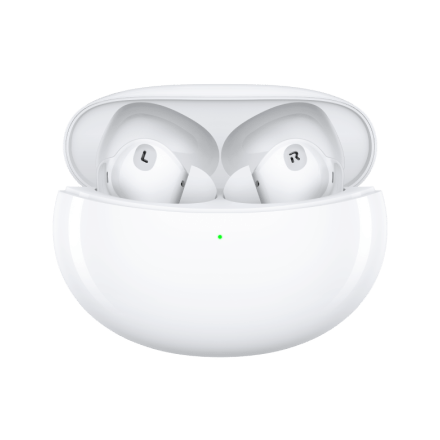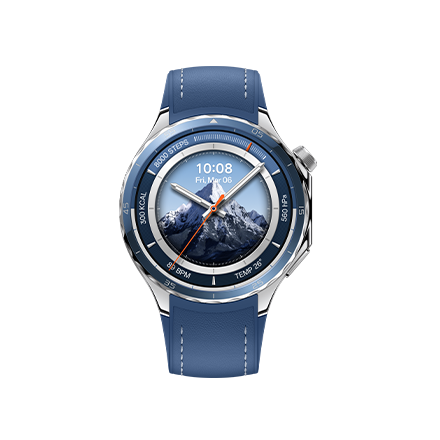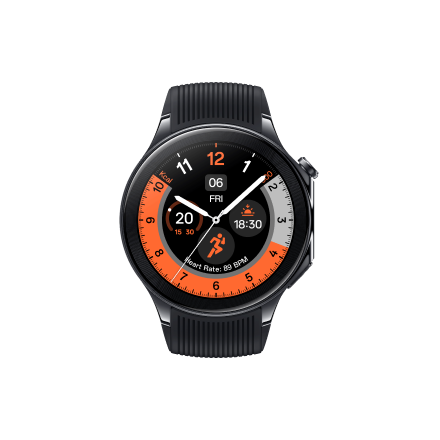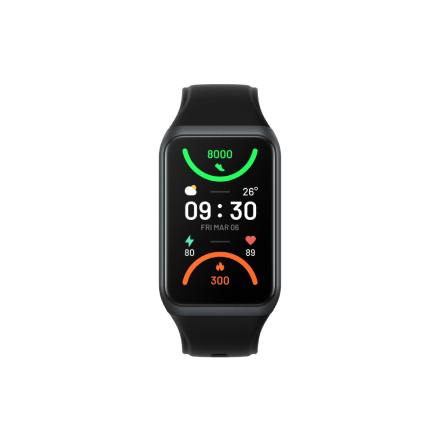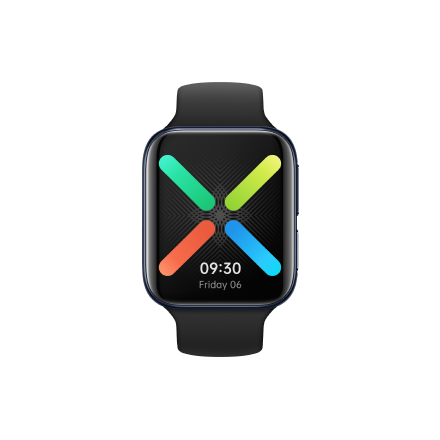The Road to Developing the Find X2 Series' Screens

Innovation in screen display technology and interaction have brought about the smartphone revolution over the last decade.
As we enter the 5G era, explosive growth in information will bring the wider world to the consumer through a phone screen. Today, with the prevalence of all-screen phones, screens continue to be the main form of interaction with the phone, while also being key to creating a clear, smooth and enjoyable experience. For OPPO, a remarkable screen is integral to creating a remarkable phone. This should be the standard for a flagship phone.
OPPO's Find X2 Series embodies the spirit of exploration. The 3rd party screen diagnostics and testing organization, DisplayMate, has given the Find X2 a very positive review: “Based on our extensive Lab Tests and Measurements the OPPO Find X2 has a Very Impressive Excellent Top Tier World Class Smartphone Display with close to Text Book Perfect Calibration Accuracy and Performance that is Visually Indistinguishable From Perfect. Based on our objective Lab Tests and Measurements the OPPO Find X2 receives a DisplayMate Best Smartphone Display Award earning DisplayMate’s highest ever Display Performance Grade of A+ and setting or matching 12 Smartphone Display Performance Records.”

OPPO engineers have worked hard to create the ultimate screen worthy of a flagship featuring a 120Hz refresh rate, 240Hz sampling rate, QHD+, 10-bit colors, O1 Ultra Vision Engine, perfect calibration, AI Adaptive Eye Protection System (Natural Tone Display +AI Brightness, TÜV Rheinland Full Care Display Certification and new always-on screen aesthetics.

1. 120Hz refresh rate, 240Hz sampling rate and QHD+
The most important feature of a good screen is scrolling smoothness; this affects the entire phone experience. The increase in the refresh rate of the display brings a noticeable increase in smoothness. This makes the screen clearer whenever you're scrolling through website, and playing games becomes a visual treat.
OPPO's insights into the current market show that flexible OLED screens only have a refresh rate of up to 90Hz. In 120Hz LCD screens the response speed is limited by the liquid crystal materials in the screen. As a result, they are nowhere near as good as OLED screens. OPPO is the first Chinese smartphone brand that’s chosen a flexible 120Hz QHD+ OLED screen.
As this is the first time a 120Hz OLED screen has been used, OPPO developed new driver solutions to support the high refresh rate. On the hardware side, faster driver ICs for pixel drivers were developed, and the circuit board was also designed with 8 layers to enhance its anti-interference ability. To further optimize the battery life, the Find X2 Series' screens support a dynamic frame rate. This feature challenged our engineers fundamental optimization skills. The result is that by recognizing the screen operations, the frame rate reacts to touches in real-time. OPPO engineers worked with Samsung and United Microelectrics Corporation (UMC) to analyze and optimize the manufacturing process.
The 120Hz frame rate also puts higher requirements on screen touch receptivity. Furthermore, a higher sampling rate is needed to match the timelier touch responses required for high refresh rates. The Find X2 Series are the first phones from a Chinese smartphone brand to use the Y-OCTA touchscreen that can reach a 240Hz sampling rate. Not only does it support a high sampling rate, but the Y-OCTA panel also helps make the phone thinner and lighter. On top of the cutting-edge screen touch technology, the Find X2 has introduced split-sampling to reduce interference between the display layer and the touch layer. When the display layer is outputting signals, the touch layer does not perform sampling operations. Instead, it runs between display outputs.
Flexible AMOLED Y-OCTA touch structure

To meet the different user needs, the system supports 3 modes; 120Hz, 60Hz and “Smart” switching. The AI mode switches seamlessly and intelligently through low frame rates, and when enjoying high frame rate content the overall battery life is optimized. Scenarios with low frame rate requirements reduce the frame rate and therefore reduce power consumption, and scenarios with high frame rate requirements increase the frame rate to ensure viewing smoothness.
The system will adjust the frame rate in real time according to different apps and scenarios. For example, some apps only support 60Hz refresh rates. The system will then adjust the refresh rate to 60Hz. Moreover, the system will also detect different layer refresh requirements which it will then adjust the refresh rate upon. The refresh effect of 60Hz and 120Hz is the same. Through the touch frame rate technology, only when the screen is scrolling the frame rate is raised to 120Hz and meanwhile ensure smoothness and battery life at same time.
2. 10-bit
A good screen requires not only smooth operations, but also richer colors, especially for the subtle transition from dark to light colors. On current mainstream phone panels this transition can be hard to see. OPPO has discovered that currently most of the phones available in the market use 8-bit screen panels, which can easily lead to the color layers splitting when point sources of light are displayed on the screen. OPPO engineers worked together with Qualcomm and Samsung to realize 1.07 billion colors using the 8-bit color depth and 2-bit dither algorithm together. With the screen set at the highest resolution of QHD+, it can achieve one billion colors.

3. Screen calibration
The most important indicator of whether a product has reached the highest standard is whether the quality is consistent. For phone hardware, this is not terribly difficult to ascertain. However, for screens, there is no simple way. Due to the inconsistencies in the screen’s production process, differences between different screens can be quite large. There may be blue, red, yellow or green hues on each individual screen. To ensure that every screen shows true colors, calibration of the screen is completed as part of the production line.
When Find X2 screens are in soft mode or movie mode, there is perfect 0.4 JNCD accuracy, △E≈0.4, and 2.2 Gamma. Not only is this the best in the industry, but it is true for every Find X2 which leaves the factory. For this reason, OPPO needs to ensure calibration efficiency and that after sales has perfected screen testing solutions.
To help achieve this, OPPO has applied for two screen calibration patents, and has added a screen calibration step into the production line. This has increased the manufacturing time for each phone by 7 seconds. The calibration process includes collecting screen raw data, generating a calibration file, and updating it to the display processing module of the phone.
4. AI adaptive eye care (ambient color adaption + AI brightness adjustment)
The standard of a good screen is its color reproduction. For non-luminous objects such as a white piece of paper, this is not difficult. Even under candlelight, the white piece of paper we see is still white. But for self-illuminating screens, the color temperature needs to be adjusted according to different ambient light, so that we can ensure that all we see is white. Ambient color adaptation helps the screen achieve this function. It identifies the color temperature value of the ambient light, and then adjusts the color temperature of the screen to blend it with the environment. This creates an experience as if you're reading the paper.
The Find X2 Pro uses six-channel color sensors. The color sensors can accurately obtain the light intensity and color temperature of the surrounding ambient light. This is to adapt to the color temperature, and intelligently adjust the brightness. On top of the hardware, ColorOS 7's AI light adjustment can also learn a user's preferences for the level of light. When a user opens an app, depending on the app, the backlight brightness will automatically increase or decrease. When the user adjusts the light level, the system remembers the user's current usage scenario and app, so it can learn to provide the most suitable level of light for the user.

· To maintain the Find X2's screen ratio and guarantee the effectiveness of the ambient color adaption, the Find X2 is the first in the industry to utilize a flexible light guide to hide the front color sensor under an extremely narrow gap. This is an excellent solution to place a color sensor on the front without losing any screen space. All algorithms and strategies for screen intelligent adjustments are self-developed by OPPO.
These two-color temperature sensors not only make the screen color reproduction more accurate, but also make photos more accurate. It detects whether it is an indoor or outdoor environment and eliminates the interference of non-light source colors in outdoor photos. The color temperature sensor is turned on before the camera to achieve auto white balance (AWB) and automatic exposure (AE), so that when the camera is turned on for the first time, there will not be drastic changes in preview screen color.

5. O1 Ultra Vision Engine
Since the beginning of the project, OPPO product managers and R&D teams have been thinking about this question: in addition to making the Find X2's scrolling operations smoother at 120 Hz, what other usage scenarios are there? This is because product features need to be based on the actual usage scenarios of the phone to make the biggest impact.
Through a large number of user surveys, OPPO found that the current mainstream video platforms provide high resolution but rarely high frame rates. Movies and TV shows are generally only output in 24 or 30 fps. So that users can enjoy the visual impact of higher frame rates while also enjoying HD video, Find X2 introduces OPPO's own "O1 Ultra Vision Engine", which implements our own motion interpolation technology, Motion Clear.

The principle of Motion Clear is to estimate the motion trajectory of each frame based on the connections between two frames. By making intelligent predictions based on the first and second frame, calculations are made to determine the difference in movement elements in the frames. Finally, an image picture is generated and inserted between the raw frames.
Whether it's through flagship-grade hardware, or 120Hz video technology, OPPO has proven itself to be a leader in the industry.
For different video types, there are two Motion Clear options: 60 fps and 120 fps. Motion Clear is suitable for high-speed sports scenes such as sports events and action movies, as it helps avoid frame skipping, blurring and picture shaking.

Apart from the frame rate, OPPO engineers also discovered that the most common video format is standard-dynamic-range (SDR) video. Not only are SDR videos limited by the SDR standards themselves, but compared to HDR video, SDR video dark parts can easily become too dark and bright parts too bright. The 01 Ultra Video Engine can achieve hardware-level HDR video quality enhancement, which significantly improves the video quality. In different apps (short video and other video apps), it provides different image quality enhancement parameters.
When HDR video quality is enhanced, changes in brightness and color will affect the user experience. Furthermore, when the user opens and closes video apps, the brightness and color changes brought by the HDR image quality enhancement will also affect the user experience.
In order to adjust the enhanced HDR image quality to the optimal timing when users open and close video apps, the development engineers simulated the opening/closing of video apps multiple times to realize the best effect and outcome.

6. System animations
A good screen does not just need a high refresh and sampling rate, system animations also impact the user experience of the screen. 120Hz does not mean "speed-focused only". ColorOS 7 has added more interactive details that are designed to bring dynamic effects more in line with natural mechanics. It is based on human behaviors when using a phone. By simulating the damping, speed, and inertia of real world usage, and calculating acceleration according to the speed of the user's gestures, this provides more realistic, smooth and non-linear physical effects. This makes the interaction smoother so it feels "just right".
OPPO software engineers optimized interaction from three dimensions: the window animations, multi task switching, and list scrolling. The window zoom animation accurately simulates the initial easing of the components' movement, and can adjust the opening and closing animation speed according to the finger speed. This brings a light and smooth opening/closing animation. Multi task switching speed and damping all comes down to the speed and pressure of your finger movements. You can quickly switch between foreground apps by swiping from the bottom. When sliding through lists, the rebound damping sense is automatically matched according to the sliding speed. If feels natural, like a spring bounce in the real world.

7. New always-on screen aesthetics
Not only does the Find X2 have a bright screen with accurate colors, but the always-on screen has "pure blacks", continuing OPPO's aesthetics of the always-on screen. An integrated black polarizer is used to block or reduce ambient light entering the screen. This helps eliminate screen reflections so that when the always-on screen is on, the screen is truly black.
Not only is the screen purely black in standby mode, it also minimizes the reflectiveness of the screen, particularly on the screen's curved edges so that users can still see the screen clearly despite reflections. Furthermore, when the screen is bright, the font is made darker, improving the picture display effect and reading experience.
